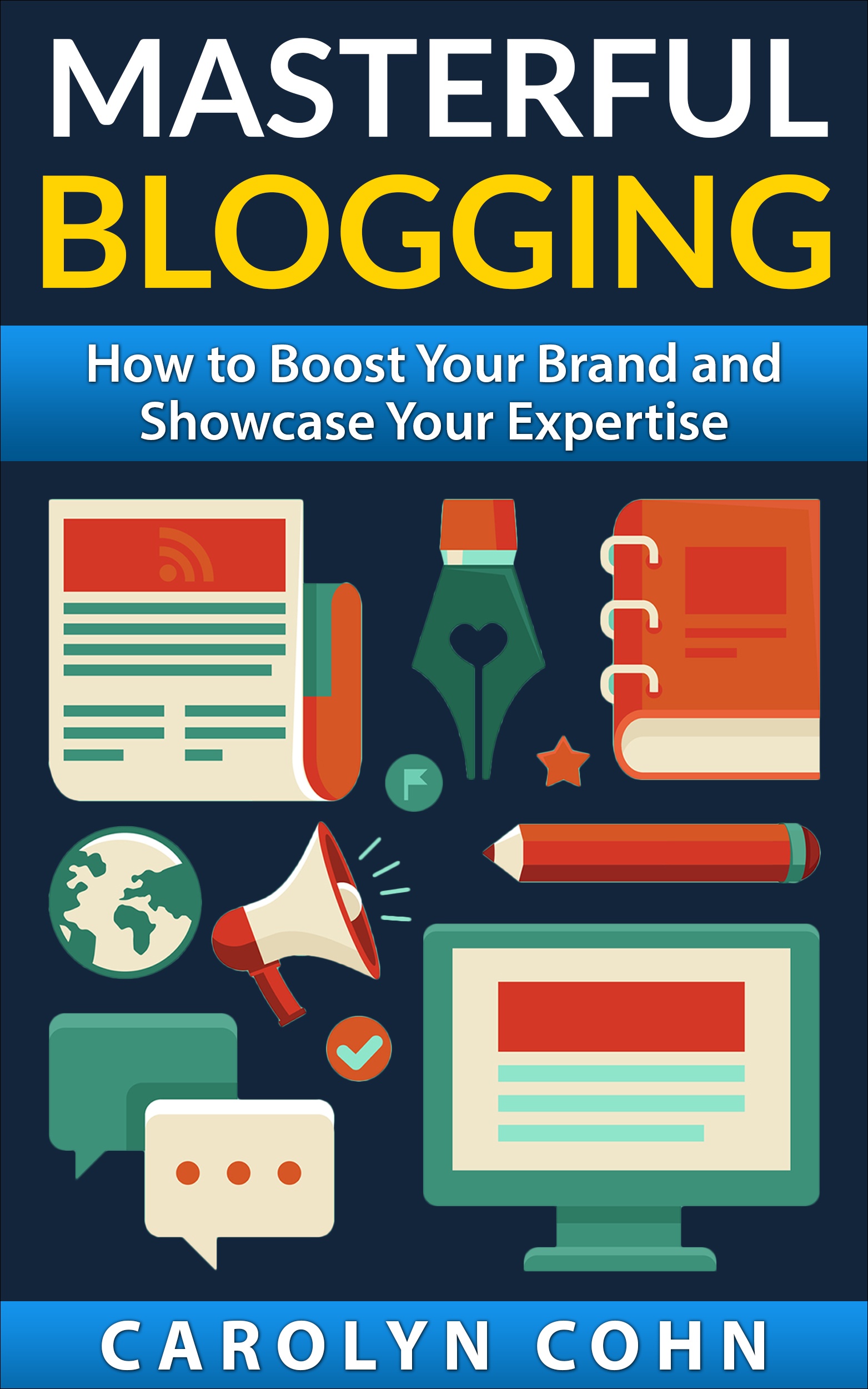Creating Effective Web Content in Foreign Languages

Because of the amount of content and interactions that you are involved with on a global level, you may very well find yourself in a position where you have to share multilingual content on your website. It is definitely a tremendous advantage for you to be able to accomplish this. It will really expand your reach and it will dramatically open doors that have never been open before.
Where do you begin to broaden your reach?
If having a global span is appropriate and applicable to your business, creating content in other languages to suit your foreign target audiences will really give you a leg up on your competition. In fact, you shouldn’t just write content in foreign languages, you should incorporate the concepts into your comprehensive marketing plan and integrate the content into your marketing materials. If you have a global audience and you want to get them to notice you and your brand and offerings, you really don’t have any choice but to “speak their language.” You may be surprised at how positively your efforts are received. The question that you may be asking now is “How do you go about making that happen?”
Well, you have a few options from which to choose. You will notice that some of the options are better than others and only you can decide which one (or two) works best for you and which one will yield the best results for your particular business. The options that are readily available to you are:
- Writing original content: writing your own, original content.
- Translation: taking someone else’s original content and copying it into another language.
- Transcreation: adapting content that has been written in one language into another language.
Writing original content
You are probably used to writing your own content from ideas that you have formulated and in your voice and with your story. With original content, you don’t translate any content at all. Of course, that also means that you need to be familiar enough with the language to write in that language correctly and articulately. Whether you choose this option all depends on your particular language skills, of course. There is little doubt that you will be able to write original content in every language that you desire for every foreign audience whom you wish to reach. However, you have the option of finding people whose native languages are the ones in which you wish to communicate and hire them to write for you. Problem solved if that works out.
Translating someone else’s content
If you decide to choose this option, you need to proceed carefully. Translation is all well and good as long as the content is translated properly. If not, watch out. Bad translation is really bad! If you wish to go with this option (assuming that you won’t do the translating personally), you need to find a translator who is really skilled. Another thing to bear in mind is that the translator must have the foreign language as his or her mother tongue. It isn’t enough for the person to just have a familiarity with the language. The reason for that is that there are so many subtleties in every language that, in general, only the native speaker of that particular language will understand and use appropriately. You might be aware that the same can definitely be said about English. English has a ton of nuances and subtleties that are very difficult for a non-native English speaker to grasp. That is just the way it is.
Choosing the transcreation option
Transcreation is an adaptation of the content that another person has written in their native language. That means that it isn’t exact (necessarily) and that concepts and interesting ideas may get lost in the process. Transcreation is often a good thing for the person who is writing the content; however, it is not such a good thing for you as the business owner and it is not a good thing for your target audience. You may wish to consider this your least attractive option in the end.
How do you know which option is best for your particular business?
Your launch point here depends on precisely what you wish to communicate to your target audience. If your marketing message is straight forward and it doesn’t contain any layers of sophistication, you will probably be fine with straight translation. However, if what you are trying to communicate requires creativity and nuance, you should probably consider either writing original content (or getting someone else to write it) or transcreation. Those two options require more work on the part of the writer but less involvement from you. On the other hand, translation does not require a great deal of involvement. When you think about it, translation is pretty black and white. A simple “from Point A to Point B” path. It really all depends on your business’s needs.
Conclusion
If you feel that establishing relationships and connections with people on a global level will benefit your business and make you more successful, don’t let the language in which the content is written stop you from doing what you want to do. The options that were discussed here will allow you to bridge that gap and reach a much wider, more comprehensive audience. It is important to remember that language and communication are the elements that tie human beings together. When it comes to content language, it is important to convey your concepts properly but it is also a really good idea to keep the language as simple as possible. People will most likely react positively to that approach.
We are pleased to provide you with the insightful comments contained herein. For a complimentary assessment of your online presence, let’s have coffee.

|




Via LinkedIn Groups
Group: Marketing & Communication Network
Discussion: What Are Your Challenges With Creating Content for Your Foreign Audience?
When I was in graduate school, I was one of only two native English speakers in a statistics class. One day, the professor explained how a statistical test showed that the famous geneticist Gregor Mendel had “fudged his data.” The professor had his back to the class, so he couldn’t see several foreign-born students take out their dictionaries to look up “fudge.” So I wrote “Fudge. n. a chocolate candy. Fudge. v. to lie about numbers.” on a slip of paper and passed it around the room. It was greatly appreciated.
By Laurie Thomas